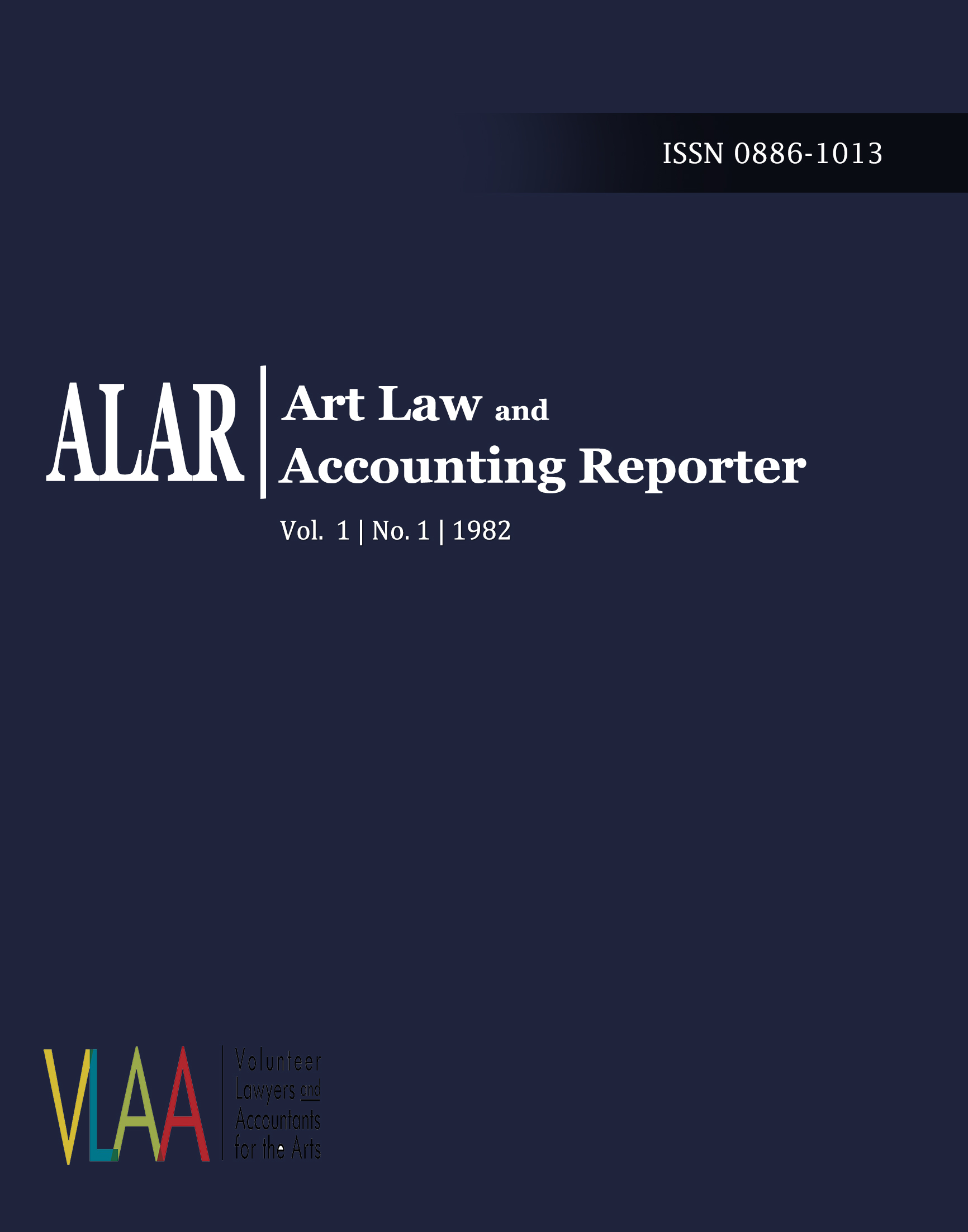Mass repressions in Adjara in 1951
- Authors
-
-
Otar Sabanadze
Author
-
- Keywords:
- repression, Soviet Union, Adjara
- Abstract
-
The scientific paper concerns the mass repressions carried out in Adjara in 1951, which were manifested in the deportation of the population to the countries of Central Asia. Repressions were by no means unfamiliar to the Soviet Union — they occurred throughout the country and also affected Georgia. Adjara experienced several waves of Stalinist repressions, particularly during the 1930s–1950s. Notably, the repressions of 1951 primarily targeted the ethnically Georgian population. This event represents a national tragedy that still requires thorough reflection today. The purpose of the research is to reveal the destructive aspects of the Soviet totalitarian system through the analysis of various literature, archival materials, and the memoirs of the deported individuals. In 1951, on fabricated charges, 656 families — totaling 3,762 people — were deported from Adjara. According to the recollections of the repressed, most of them were unaware of the reasons for their deportation. The injustice of the authorities’ decision is highlighted by the fact that immediately after Joseph Stalin’s death, the deportees were allowed to return to their homeland, and later they were rehabilitated. Nevertheless, the harsh and inhumane deportation process claimed many lives, while the survivors suffered severe psychological trauma that profoundly changed their lives.
- Downloads
- Published
- 30-06-2025
- Issue
- Vol. 44 No. 1 (2025)
- Section
- Articles
- License
-
Copyright (c) 2025 Art Law and Accounting Reporter

This work is licensed under a Creative Commons Attribution-NonCommercial-NoDerivatives 4.0 International License.




